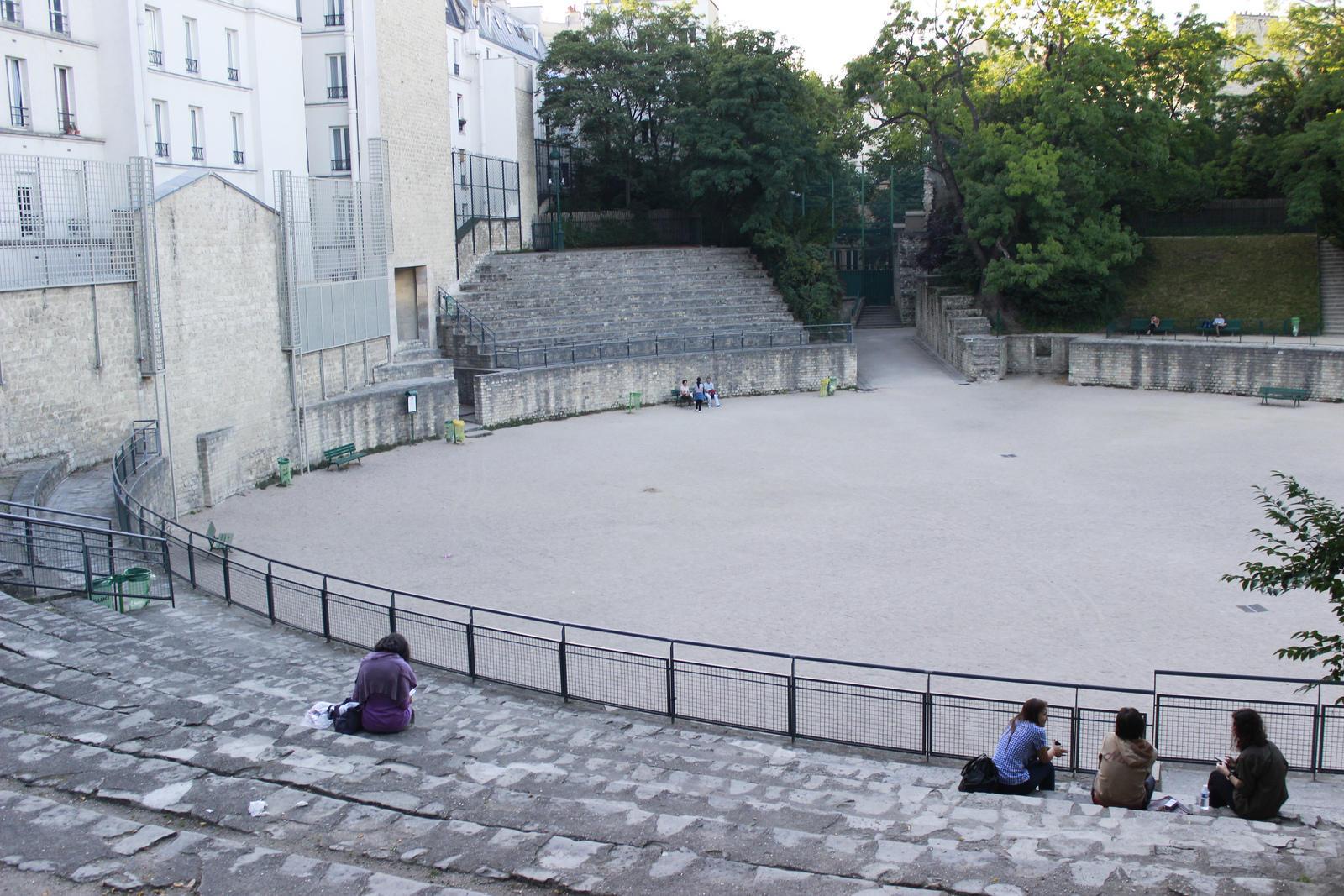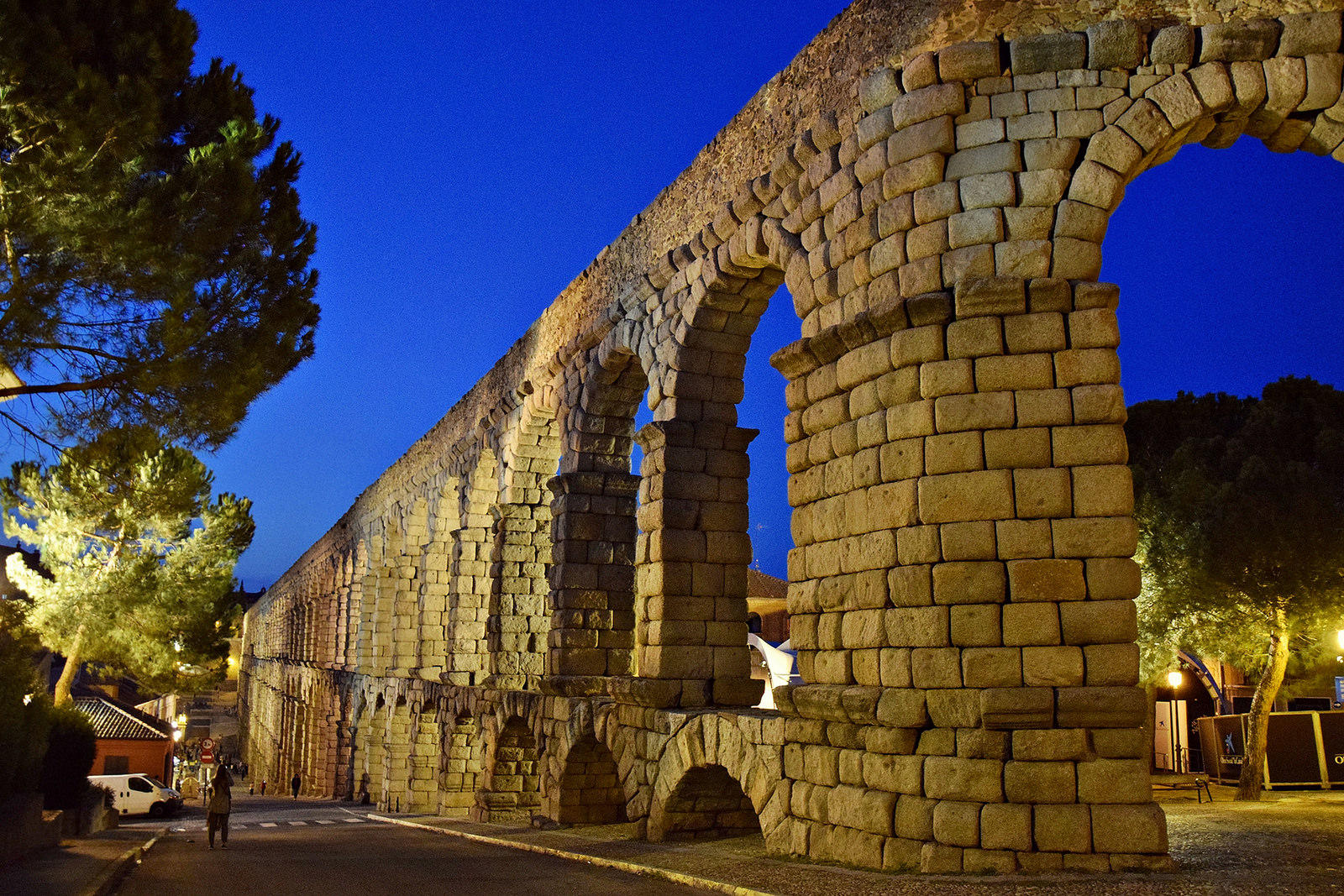Viewed freely, the English language is the accretion and growth of every dialect, race, and range of time, and is both the free and compacted composition of all -
Walt Whitman
The Romance languages are a branch of the Indo-European language family that evolved from Vulgar Latin, the spoken Latin of the Roman Empire. They are spoken by over 800 million people worldwide, primarily in Europe, the Americas, and Africa
The major Romance languages include Italian, Spanish, French, Portuguese, Romanian, and Catalan. These languages share many similarities in grammar, vocabulary, and pronunciation.
Romance languages are spoken in a wide variety of countries and regions, including Italy, Spain, France, Portugal, Romania, Belgium, Switzerland, Luxembourg, Andorra, Monaco, San Marino, Vatican City, Argentina, Mexico, Colombia, Venezuela, Peru, Chile, Brazil, Uruguay, Paraguay, Bolivia, Ecuador, Dominican Republic, Cuba, Puerto Rico, Equatorial Guinea, Angola, Mozambique, Cape Verde, and São Tomé and Príncipe
From the standard form of Latin, which was the official language of the Empire, two distinct dialects emerged, classical Latin which was spoken by the civil servants of the Roman institutions, and vulgar Latin spoken by the common people. When the Roman Empire fell, the lingua Latina, did its best to survive and often took over the local dialects. In many provinces of the former Empire, vulgar Latin merged with the local idioms and eventually formed the early forms of Romance languages (French, Spanish, Italian, ...).
How Did the Romance Languages Get Their Name?
The term Romance comes from the Vulgar Latin adverb romanice, meaning "in Roman", which is derived from romanicus.
For example, in the phrase romanice loqui, it means "to speak in Roman" (referring to the Latin vernacular), as opposed to latine loqui, which means "to speak in Latin" (Medieval Latin, the traditional form of the language used in writing and formal contexts or as a lingua franca), and barbarice loqui, which means "to speak in Barbarian" (referring to the non-Latin languages of the peoples living outside the Roman Empire).
From this adverb, the noun romance originated, initially referring to anything written romanice or "in the Roman vernacular".
The extent of the territories that were under the dominium of the Roman Empire is so wide that linguists have to separate Romance languages into two different categories: the Eastern Romance languages and the Western Romance languages.
No, English, in which 30% of all nouns, verbs, and adjectives are inherited from Latin, isn't a romance language.
After the Anglo-Saxon invasion, Old English mainly took after the Germanic languages that the invaders spoke. But as more than 1 billion people speak a language that was inherited from Latin, is it fair to consider Latin as a dead language? Superprof will briefly introduce you to languages that came from Latin.

History of Latin Language
Latin, an Indo-European language, originated in the Latium region of central Italy and was the language of ancient Rome. It was used for communication, administration, and literature throughout the Roman Empire. The earliest written records of Latin date back to the 7th century BCE and evolved from the dialects of the Italic peoples of ancient Italy.
During the Iron Age (1200-700 BCE), Latin was spoken by the people in central Italy, who were believed to be descended from two Bronze Age populations from northern Europe. From Proto-Italic, Old Latin (750-100 BCE) emerged and eventually developed into Classical Latin (100 BCE - 450 CE).
Latin absorbed elements from other languages, such as Etruscan and Greek, and became the predominant language in the western Mediterranean. As the Roman Empire expanded, Latin spread throughout the empire and became the common language of the Western world. It was used for religious, legal, and administrative purposes and served as the foundation for many Romance languages, including Italian, Spanish, French, and Portuguese.
Following the decline of the Roman Empire in 476 CE, Classical Latin transformed into what is now referred to as Vulgar or Medieval Latin (500-1500 CE). It was a less formal version of Latin used by the general population, while Classical Latin continued to be the language of choice for scholars and the educated upper class.
During this era, Vulgar or Medieval Latin underwent significant changes, including alterations in pronunciation and the emergence of various regional dialects. Later, in 1500 CE, Renaissance Humanists initiated a revival of Classical Latin, known as Neo-Latin (1500–present day). This renewed form of Classical Latin led to an increase in scientific writings and literature intended for a wider audience, such as comedies and tragedies.
The Eastern Romance languages are closer to the original Latin once spoken all over Europe. Why should anyone learn Latin today?
Main Western Romance Languages
The 3 main Romance languages that survived in Western Europe are the French, the Spanish, and the Portuguese languages.
French
Gaul was invaded and conquered by Julius Caesar, (100-44BC). Consequently, the French language, like any of the other Romance languages, evolved from Latin while assimilating words from the Gaulish, Frankish or Germanic languages.
Even though the French language was standardized as soon as the 16th century, two major romance dialects coexisted in France. The Oïl language in the North, the Oc language in the South, and the Franco-Provencal language in the Southeast of France, North of Italy, and in Switzerland. Many French words, some of which made their way to English, have a Latin locution and phonemes dating from the Antic Rome.

The oïl language includes many dialects (Berrichon, Bourguignon, Morvandiau, Champenois or Campanois, Franc-Comtois, French, Lorrain, Norman, Picard, Poitevin and Saintongeais, Walloon, Angevin, Manceau, Mayennais) many of which are almost dead and only have a handful of native speakers.
The Occitan language includes other idioms originating from Latin and is mostly spoken in the Southern Tier of France, the region once called Occitanie. It includes:
- Gascon: includes the Béarnese and Aranese (spoken in Spain).
- Languedocien (lengadocian)
- Limousin (lemosin)
- Auvergnat (auvernhat)
- Provençal (provençau or prouvençau), including the Niçard subdialect.
- Shuadit language
- Vivaro-Alpine (vivaroaupenc), also known as "Alpine" or "Alpine Provençal", and sometimes considered a subdialect of Provençal
The Occitan language is the most spoken regional language in France and still counted around 800,000 native speakers in 2012. Other regional languages still spoken in France include Breton and Alsatian but neither are Latin since the former is of Celtic origin while the later is of Germanic origin. Have you ever wondered what the origins of the Latin language are?
Spanish and Portuguese
The Iberian Peninsula was conquered by the Romans in 228BC. There, vulgar Latin that emerged after the Roman colonisation gave way to many other dialects:
- Castilian
- Catalan
- Andalusian
- Extremaduran
- Murcian
- Aragonese
- Galician
- Portuguese

- Romans left many buildings all over Europe including this amazing aqueduct in Segovia, Spain. ( by kadege59).
After the fall of the Empire, the Iberian territories were conquered by Berber soldiers coming from North Africa. From the 8th century up until the Treaty of Grenada which was signed in 1491, the Iberian peninsula was home to a large population of Umayyads and Arabs. Castillan (the official language of Spain) was greatly influenced by 700 years of cohabitation with Arabic languages. Catalan, which is spoken in Catalonia (region of Barcelona) is derived from the French Occitan language and is often easier for French-speaking people to understand. In Portugal and Spain, the Latinisation process was fairly swift according to historians.
The huge number of soldiers and civil servant that the Roman Empire dispatched to the newly conquered territories of Iberia seem to have been the main factor for this. Latin easily took over the local dialects and the indigenous population, generation after generation, slowly forgot their native languages (Celtic, Iberian, Leonese, Cantabrian, Vascones). Some dialects successfully survived to the Roman Empire. The Basque language still is spoken today in both France and Spain in the region of the Pyrenees is not part of the Romance language since its grammar doesn't come from Latin. Scholars are still trying to figure out where this language came from.
?One language sets you in a corridor for life. Two languages open every door along the way.? - Frank Smith, psycholinguist
The Eastern Romance Languages
The Eastern part of the Romance languages includes four languages derived from Latin which are spoken in Romania and Moldavia:
- the Daco-Romanian
- the Istro-Romanian
- the Aromanian
- the Megleno-Romanians
According to linguistic rules, Latin vocabulary incorporated in the Albanian and Greek languages is also to be considered an Eastern Romance language. These four languages originate from the Romanian dialects that were spoken before the rule of the Roman Empire on the regions north of the Jirecek line, which delimits the area of influence of the Romans until the 4th century AD. These regions included the current countries of Romania, Moldavia, Albania, Serbia, Bosnia and Croatia.
Because Latin is the mother of all Romance languages, learning Latin will greatly help you in learning any of Indo-European languages.
Modern Romance Languages
The most widely spoken native Romance language today is Spanish, followed by Portuguese, French, Italian, and Romanian. Together, these languages cover a vast territory in Europe and beyond, serving as official and national languages in numerous countries.
In Africa, Spanish is one of the official languages in Equatorial Guinea. In Europe, at least one Romance language is official in countries such as France, Portugal, Spain, Italy, Switzerland, Belgium, Romania, Moldova, Transnistria, Monaco, Andorra, San Marino, and Vatican City. Additionally, French, Italian, Portuguese, Spanish, and Romanian are the official languages of the European Union.
Outside of Europe, French, Portuguese, and Spanish are spoken and hold official status in various countries that were once part of their respective colonial empires. In the Philippines, Spanish was the official language until 1973 when it was replaced with English. Currently, it is spoken by a minority and taught as an optional/voluntary language along with Arabic.















